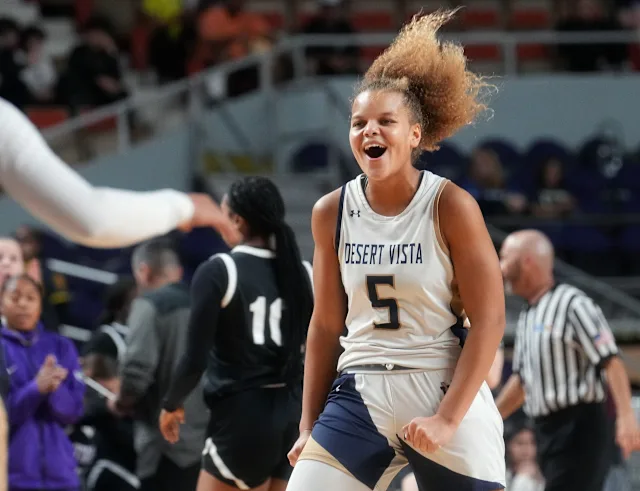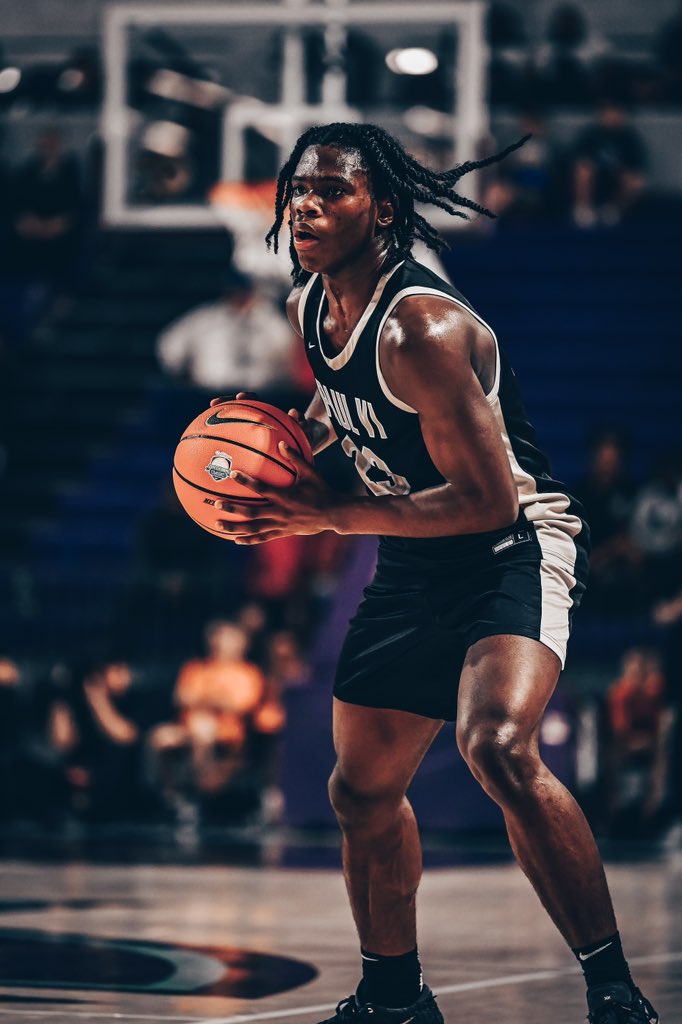Do high school rankings still matter? A look at how the NBA talent pipeline is evolving and what it means for families and athletes
NEW YORK — In the world of grassroots basketball, high school rankings have long been the currency of promise. For many families, a national ranking feels like the stamp of legitimacy — a ticket toward college scholarships, shoe company invites, and maybe even a future in the pros.
But last night’s NBA Draft told a more complex story.
While top-ranked names like Cooper Flagg and Ace Bailey were selected early, the first round also included players like Walter Clayton Jr., Danny Wolf, and Cedric Coward — none of whom appeared on major top-100 high school lists during their prep careers. Their selection offers a reminder that while rankings matter, they no longer define the entire path.
A Path Less Ranked
Walter Clayton Jr. wasn’t supposed to be here, at least not by traditional standards. A three-star recruit coming out of Florida — and a dual-sport athlete who split time between basketball and football — Clayton committed to Iona after being overlooked by major programs during COVID-era recruitment freezes. Four years later, after a national title run with the University of Florida and a breakout NCAA tournament performance, Clayton was drafted 18th overall by the Utah Jazz.
Danny Wolf’s journey may be even more unconventional. The 7-footer from Yale — yes, Yale — battled early injuries, transferred to Michigan, and blossomed into one of the most unique offensive big men in college basketball. Last night, he went 27th to the Brooklyn Nets, becoming one of the few Ivy League players in recent memory to be drafted in the first round.
And Cedric Coward? His story reads like a screenplay. From Division III Willamette to Eastern Washington, then to Washington State — where he barely played due to injury — Coward lit up the NBA Draft Combine and made the kind of impression few late bloomers ever do. He was drafted 11th overall by the Memphis Grizzlies.
The Erosion of a Traditional Gatekeeper
Rankings still hold power — especially when it comes to exposure, sponsorship deals, and early recruiting. But the last five years have introduced new dynamics:
- The transfer portal has redefined how and where athletes develop.
- COVID-19 interrupted entire recruiting classes, muddying talent evaluation.
- The NBA is increasingly valuing production, maturity, and versatility over early pedigree.
“You’re seeing the long game win out,” said one NBA scout at last night’s draft. “It’s not about who was best at 17 — it’s who kept getting better.”
The New Currency: Development
The stories of Clayton, Wolf, and Coward aren’t just inspiring. They’re a signal. Rankings are no longer destiny. They’re data points — useful, but incomplete.
For families navigating this system, it’s a lesson in the power of patience, fit, and development. It’s also a challenge to the industry itself to look deeper, wider, and longer.
Because the truth is, the NBA doesn’t care where you started — it only cares where you can go.



